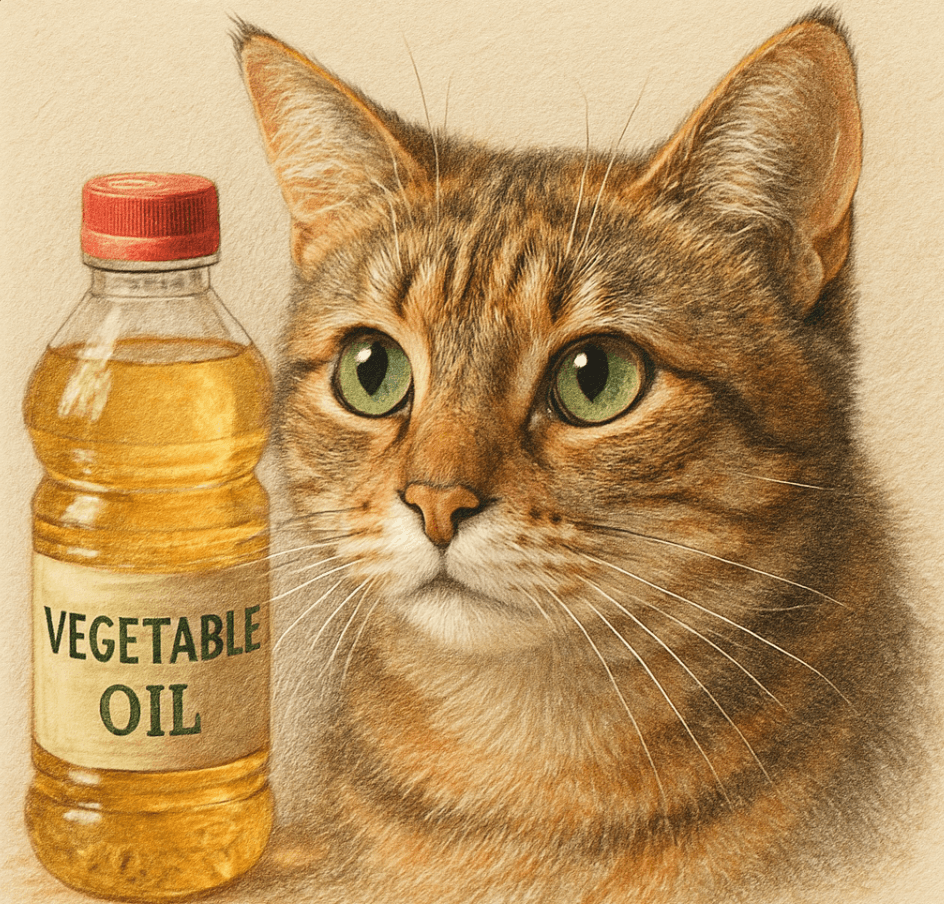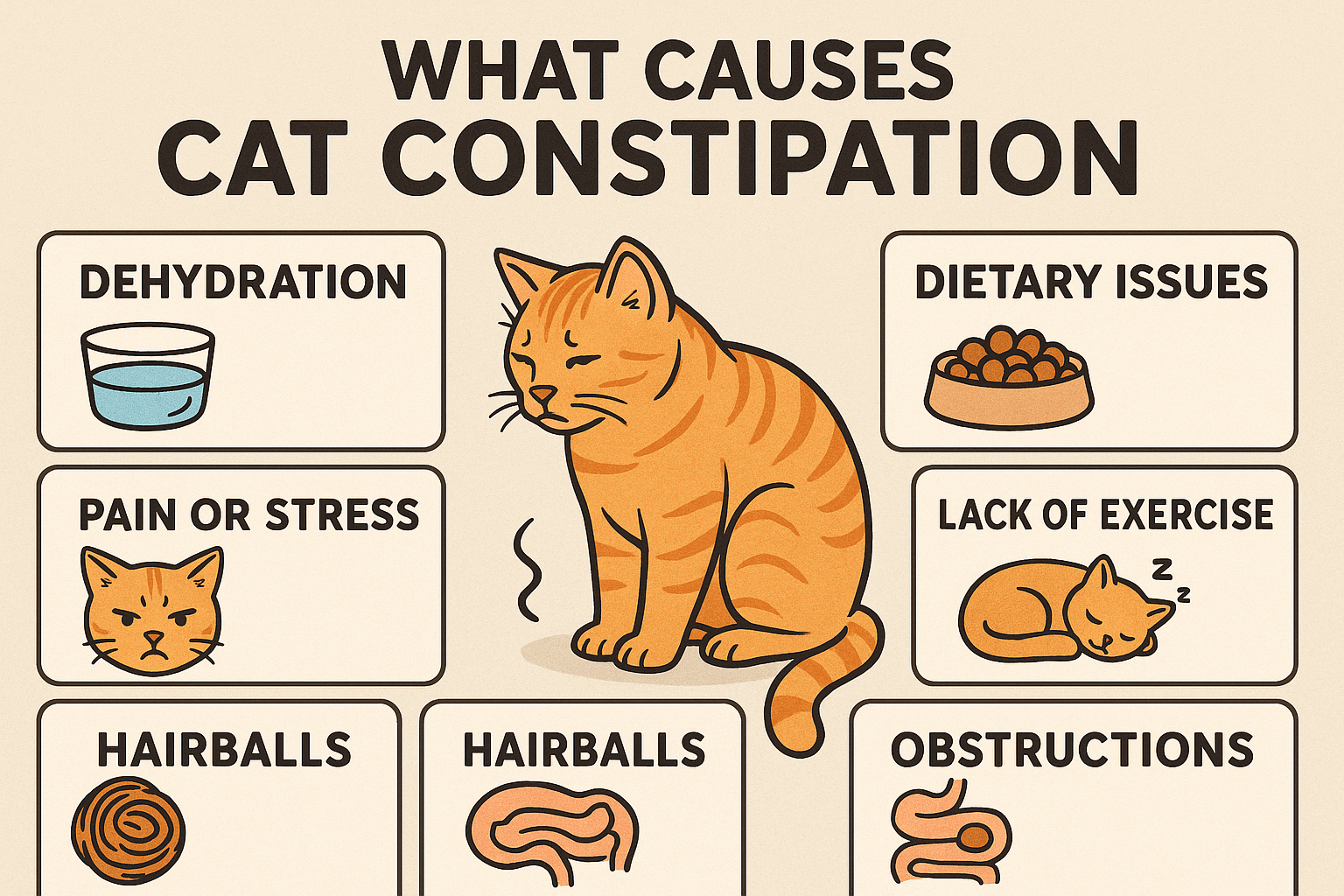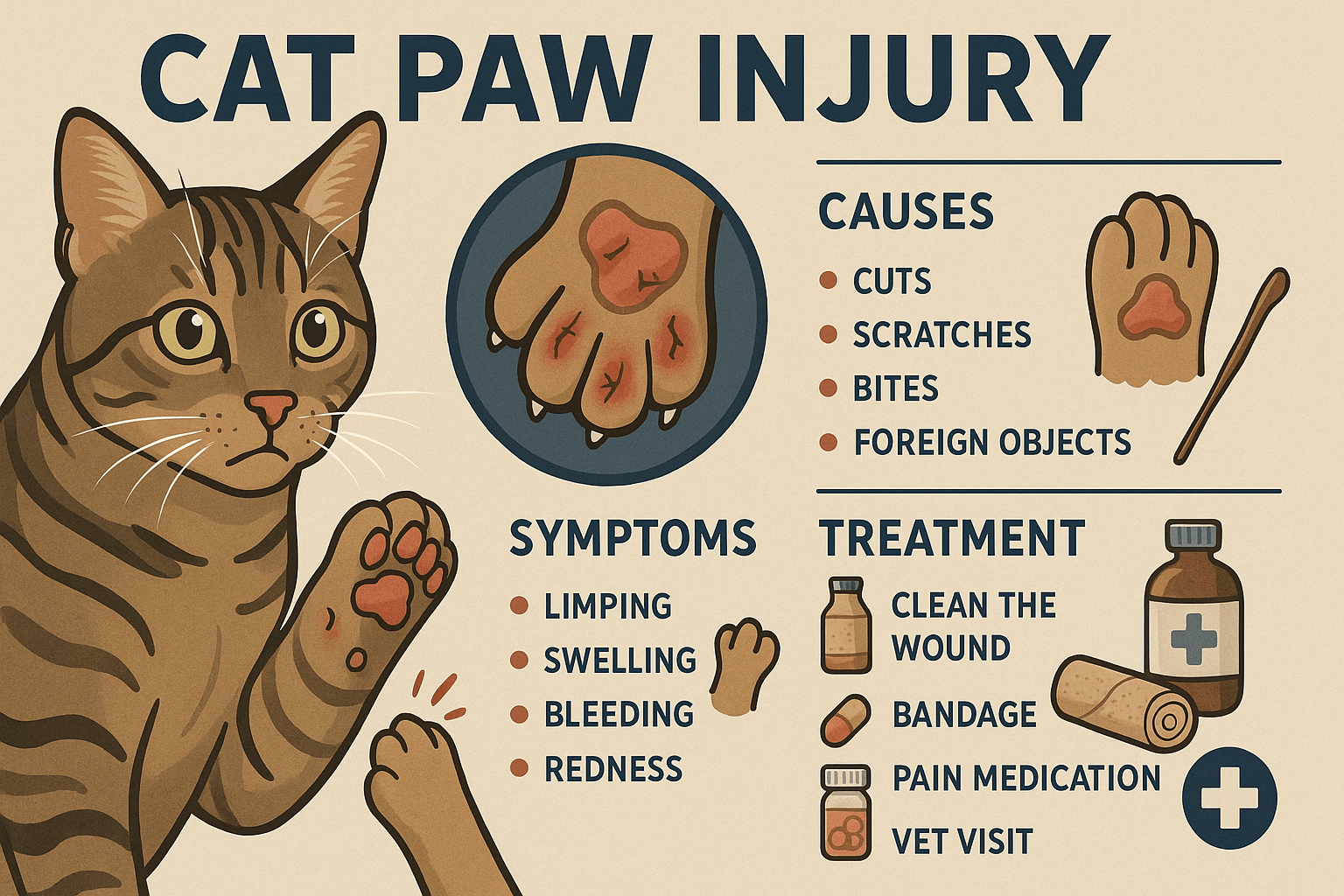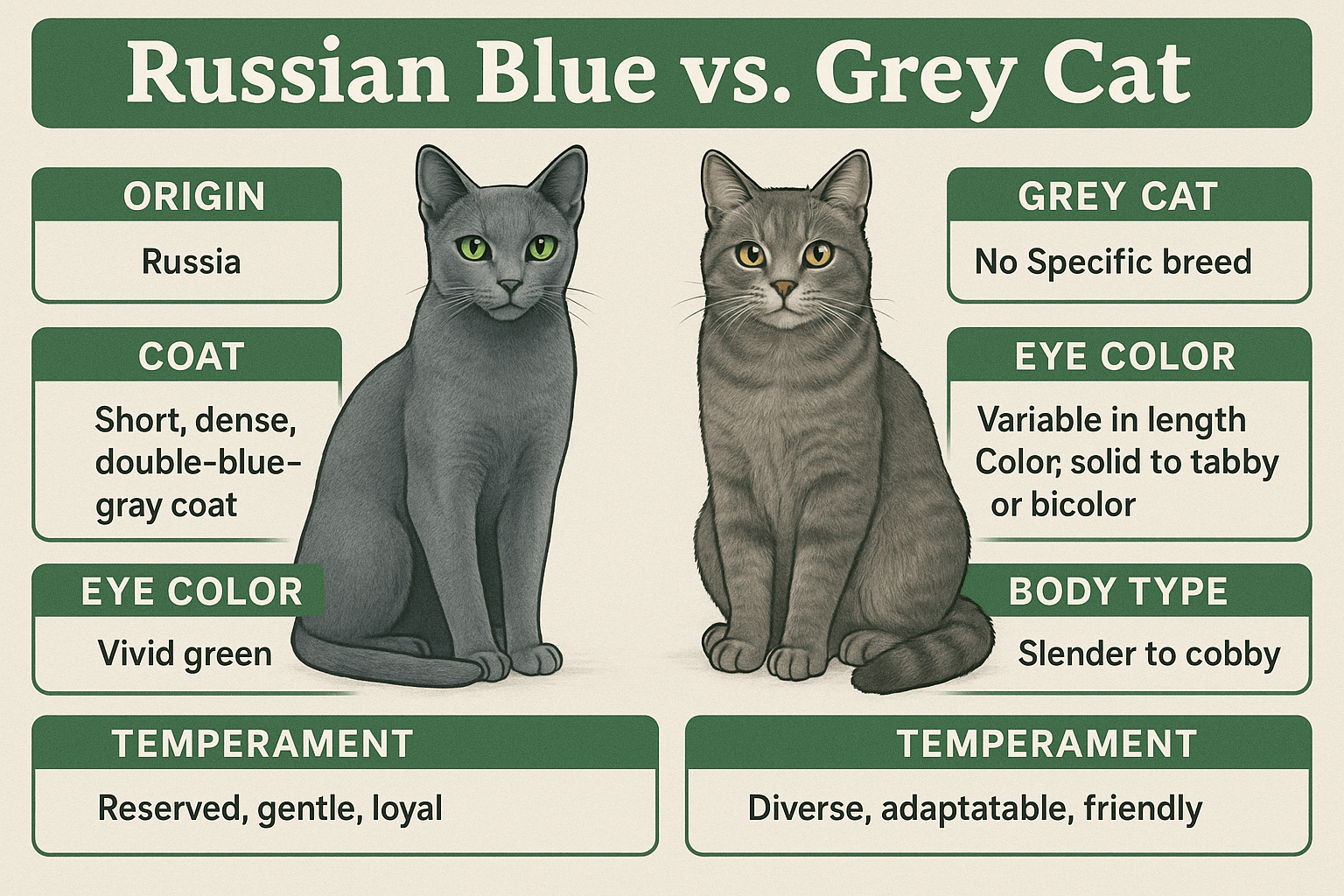Can Cats Eat Vegetable Oil?
As a cat owner, you may have wondered whether vegetable oil is safe or beneficial for your feline friend. While vegetable oil is commonly found in human kitchens, its role in a cat’s diet is less straightforward. Cats are obligate carnivores, meaning their nutritional needs are primarily met through animal-based proteins and fats. However, small amounts of certain oils can occasionally be introduced into their diet under specific circumstances. In this blog post, we’ll explore whether cats can eat vegetable oil, the potential benefits and risks, and how to incorporate it safely if needed. Let’s dive into the details to ensure your cat stays healthy and happy.
Potential Benefits of Vegetable Oil for Cats
While vegetable oil isn’t a staple in a cat’s diet, it can offer some benefits when used sparingly and appropriately. Here’s what you need to know about its potential advantages.
Improved Coat Health:
The omega-6 fatty acids in vegetable oil can help promote a shiny, healthy coat by supporting skin hydration.Hairball Prevention:
A small amount of oil may lubricate the digestive tract, making it easier for cats to pass hairballs.Temporary Appetite Stimulation:
Adding a drop of vegetable oil to food can entice picky eaters by enhancing flavor and texture.Mild Laxative Effect:
In small doses, vegetable oil can act as a gentle laxative to relieve occasional constipation.Support for Skin Conditions:
For cats with dry or irritated skin, a vet-recommended dose of oil may provide soothing relief.
While these benefits exist, moderation is key—too much vegetable oil can lead to unintended health issues.
Risks of Feeding Vegetable Oil to Cats
Despite its potential benefits, vegetable oil comes with risks that every cat owner should consider before introducing it into their pet’s diet.
High Calorie Content:
Vegetable oil is calorie-dense, and overfeeding can lead to unhealthy weight gain or obesity.Digestive Upset:
Some cats may experience diarrhea, vomiting, or stomach discomfort when given too much oil.Nutritional Imbalance:
Excessive use of vegetable oil can disrupt the balance of essential fatty acids, potentially harming overall health.Risk of Pancreatitis:
High-fat foods, including vegetable oil, can increase the risk of pancreatitis in sensitive cats.Allergic Reactions:
Although rare, some cats may develop allergic reactions to oils, leading to itching, swelling, or respiratory issues.
Understanding these risks ensures you make informed decisions about incorporating vegetable oil into your cat’s diet.
Check this guide 👉Can Cats Eat Acai? Best 7 Expert Tips!
Check this guide 👉Can Cats Eat Lychee? Best 7 Expert Tips!
Check this guide 👉Can Cats Eat Brisket? Best 7 Expert Tips!

Safe Alternatives to Vegetable Oil | Signs Your Cat May Not Tolerate Oil |
|---|---|
Fish oil (rich in omega-3 fatty acids) | Diarrhea or loose stools |
Coconut oil (in small amounts) | Vomiting after consumption |
Olive oil (sparingly and vet-approved) | Lethargy or lack of appetite |
Pumpkin puree (for digestive support) | Excessive grooming due to skin irritation |
Hydration through wet food | Difficulty breathing or facial swelling |
How to Safely Introduce Vegetable Oil to Your Cat’s Diet
If you decide to give your cat vegetable oil, it’s crucial to do so carefully and in moderation. Follow these guidelines to minimize risks and maximize benefits.
Consult Your Veterinarian First:
Always seek professional advice before introducing any new food or supplement to your cat’s diet.Start with Tiny Amounts:
Begin with no more than ¼ teaspoon mixed into their food to avoid overwhelming their system.Monitor for Adverse Reactions:
Observe your cat closely for any signs of digestive upset, skin irritation, or other issues.Use Only High-Quality Oil:
Opt for pure, unflavored vegetable oil free from additives or preservatives.Limit Frequency:
Vegetable oil should only be given occasionally, not as a regular part of their diet.
By following these steps, you can ensure your cat’s safety while exploring the potential benefits of vegetable oil.
Signs Your Cat Needs Dietary Changes Instead of Vegetable Oil
If your cat is experiencing health issues, vegetable oil may not always be the solution. Look out for these signs that indicate a broader dietary adjustment might be necessary.
Persistent Dry Skin or Dull Coat:
This could signal a deficiency in essential fatty acids or other nutrients better addressed through a balanced diet.Chronic Constipation or Diarrhea:
Digestive issues often require veterinary evaluation rather than relying on home remedies like vegetable oil.Weight Gain or Loss:
Significant changes in weight may point to an underlying health condition or improper diet.Lack of Energy or Playfulness:
A lethargic cat may need a nutrient-rich diet tailored to their specific needs.Frequent Hairballs:
While occasional hairballs are normal, frequent occurrences may indicate a need for specialized food or grooming practices.
Recognizing these signs allows you to address your cat’s needs effectively and avoid unnecessary experimentation with oils.
Common Mistakes to Avoid When Using Vegetable Oil for Cats
Even well-intentioned pet owners can make mistakes when introducing vegetable oil to their cat’s diet. Avoid these pitfalls to keep your cat safe and healthy.
Giving Too Much at Once:
Overdoing it can overwhelm your cat’s digestive system and cause unpleasant side effects.Using Flavored or Processed Oils:
Additives and artificial flavors can harm your cat’s sensitive digestive tract.Ignoring Allergies or Sensitivities:
Not all cats tolerate oils well; failing to recognize adverse reactions can worsen their condition.Substituting Oil for Proper Nutrition:
Vegetable oil should never replace a balanced diet designed specifically for cats.Skipping Veterinary Guidance:
Self-diagnosing or experimenting without professional input can lead to unintended consequences.
Avoiding these mistakes ensures a safer approach to using vegetable oil for your cat.
Healthier Fats for Cats Compared to Vegetable Oil
If you’re looking for ways to improve your cat’s diet, consider these healthier fat sources that provide more targeted benefits.
Fish Oil:
Rich in omega-3 fatty acids, fish oil supports joint health, skin, and coat quality.Chicken Fat:
Often included in commercial cat foods, chicken fat provides essential fatty acids in a digestible form.Krill Oil:
A sustainable alternative to fish oil, krill oil offers similar omega-3 benefits with added antioxidants.Pumpkin Seeds:
Ground pumpkin seeds contain healthy fats and fiber, aiding digestion and overall gut health.Egg Yolks:
Cooked egg yolks are a natural source of healthy fats and protein, suitable for most cats.
These alternatives provide safer and more effective ways to enhance your cat’s diet.
Fun Ways to Enhance Your Cat’s Diet Without Vegetable Oil
There are plenty of creative and safe ways to boost your cat’s nutrition and enjoyment without relying on vegetable oil.
Add Wet Food:
Mixing wet food with dry kibble increases hydration and adds variety to their meals.Incorporate Fresh Ingredients:
Small amounts of cooked chicken, turkey, or salmon can add flavor and nutrients to their diet.Use Cat-Safe Herbs:
Catnip or parsley sprinkled lightly on food can stimulate appetite and provide enrichment.Try Freeze-Dried Treats:
These treats retain the nutritional value of raw ingredients and are loved by most cats.Introduce Puzzle Feeders:
Puzzle feeders encourage mental stimulation and slow down eating, improving digestion.
These ideas offer fun and nutritious ways to enrich your cat’s diet without unnecessary risks.
Frequently Asked Questions About Cats and Vegetable Oil
Is vegetable oil toxic to cats?
No, vegetable oil is not inherently toxic, but it should only be given in very small amounts and under veterinary guidance.
Can I use olive oil instead of vegetable oil?
Yes, olive oil is a safer alternative, though it should still be used sparingly and only when recommended by a vet.
How much vegetable oil can I give my cat?
Limit it to no more than ¼ teaspoon per serving, and only occasionally.
What happens if my cat eats too much vegetable oil?
Overconsumption can lead to digestive upset, obesity, or even pancreatitis in extreme cases.
Are there healthier alternatives to vegetable oil for cats?
Fish oil, coconut oil (in moderation), and pumpkin puree are safer options for supporting digestive and coat health.
Prioritizing Your Cat’s Health When Considering Vegetable Oil
While vegetable oil can offer some benefits for cats, it’s not a necessity in their diet and should be approached with caution. Understanding its potential advantages and risks allows you to make decisions that align with your cat’s unique needs. Always prioritize professional advice from your veterinarian and focus on providing a balanced, species-appropriate diet. By doing so, you’ll ensure your feline companion enjoys optimal health and happiness without unnecessary dietary experiments.
What Causes Cat Constipation? Best 7 Expert Tips! Discover common causes, symptoms, and solutions for cat constipation to keep your feline healthy and comfortable.
Cat Paw Injury: Best 7 Expert Tips! Discover essential advice on identifying, treating, and preventing cat paw injuries to keep your feline friend healthy and happy.
Retinal Detachment in Cats: Best 7 Expert Tips! Learn to identify symptoms, understand causes, and explore treatment options to protect your cat’s vision effectively.
Russian Blue vs Grey Cat: Best 7 Expert Tips! Discover key differences, unique traits, and expert advice to help you choose between a Russian Blue and a generic grey cat for your perfect feline companion.




